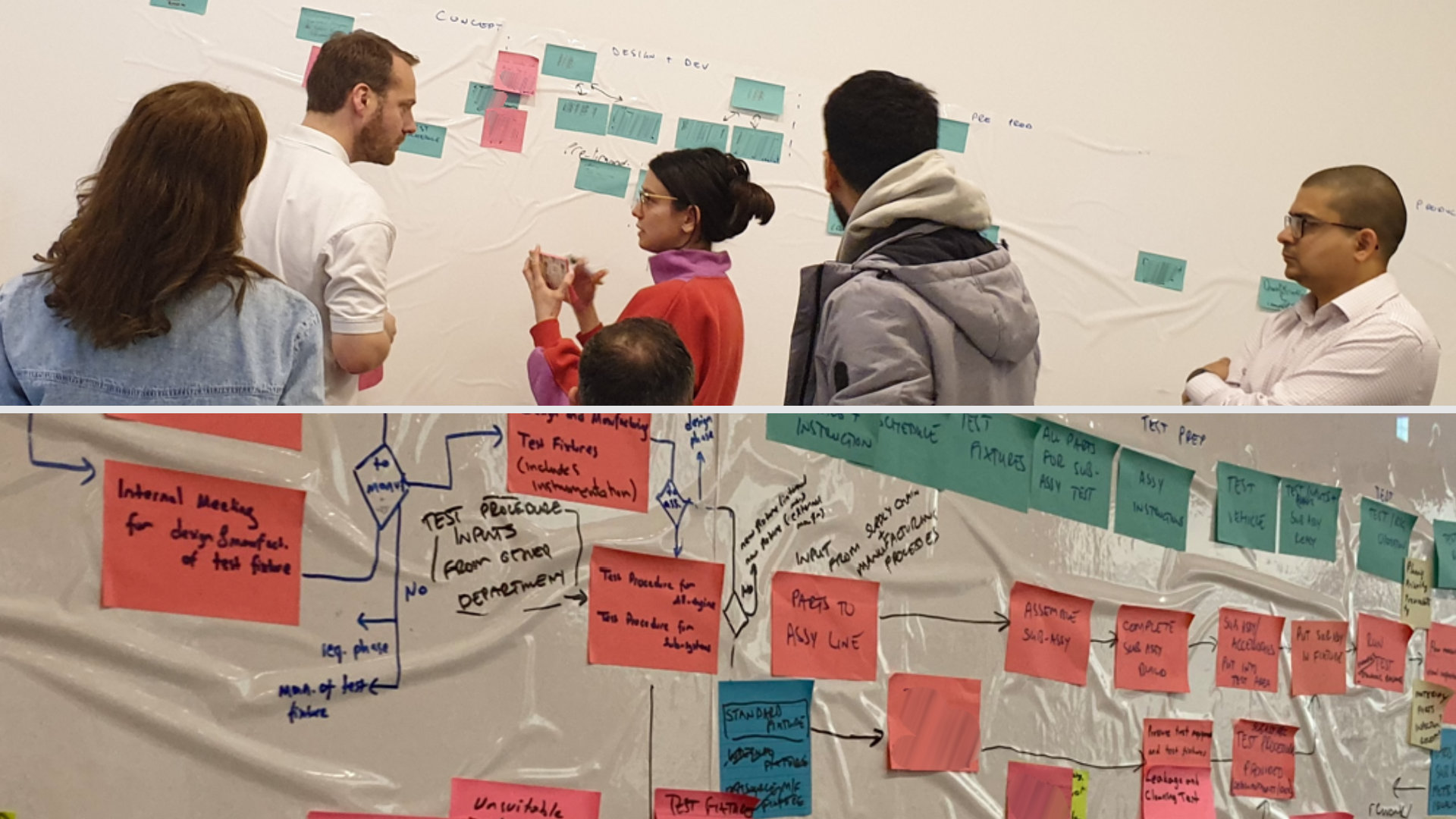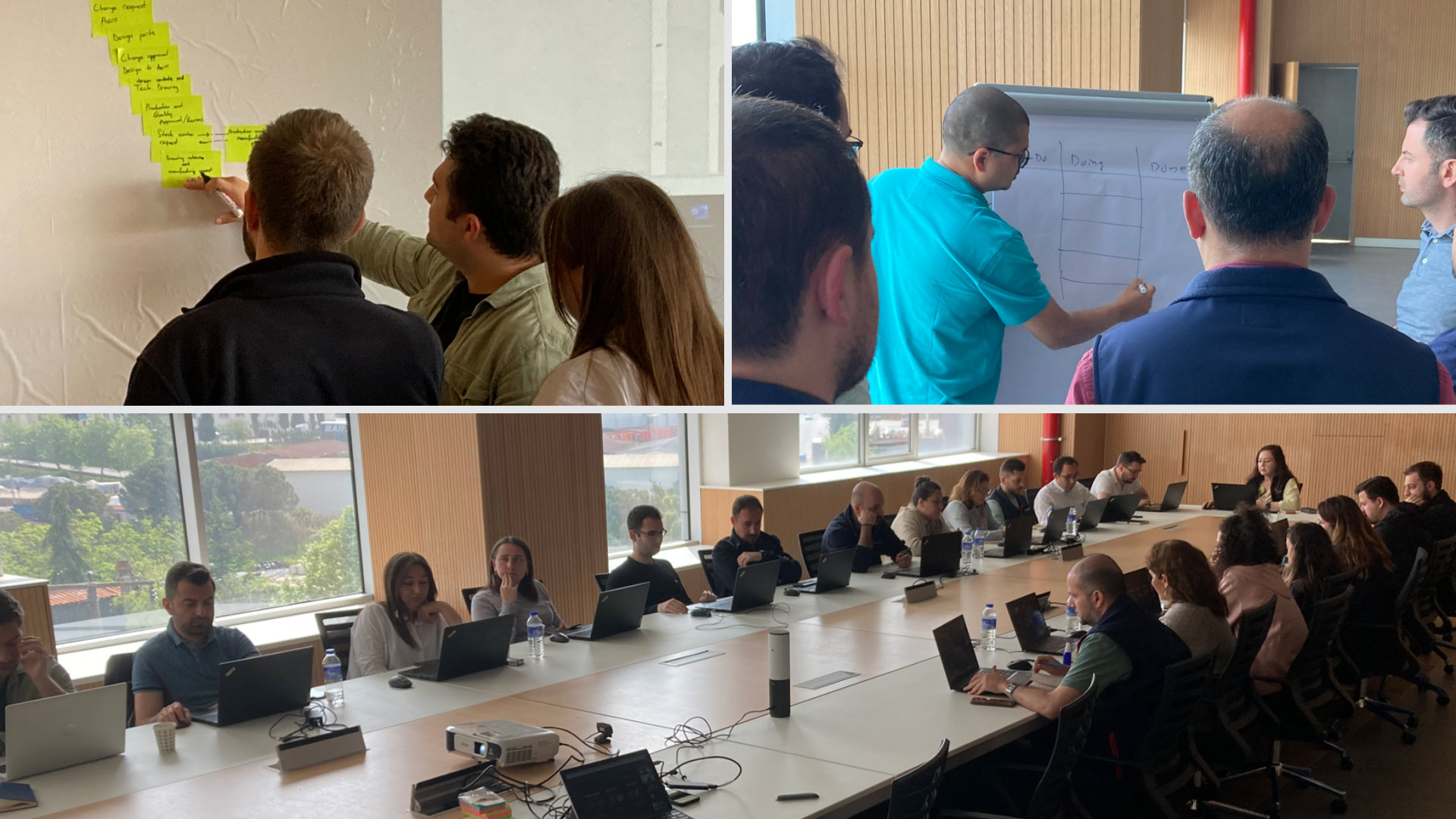Discover how Project4 Learning Lab and our client accelerated innovation in turbojet development through our "Slow to Flow" program.
Our client is a rapidly growing European aerospace company that invests heavily in developing turbojet engine technologies. Over the past 5 years, they have successfully developed prototype turbojet products, but they need to develop new business practices to consistently deliver high-quality production engines at volume to meet their customer orders.
In early 2023, our client approached Project4 Learning Lab to help them rapidly build a product development approach that integrates their processes and people and provides a foundation for future growth. Project4 Learning Lab proposed a "Slow to Flow" program, to create, validate, and deploy an integrated cross-functional framework to accelerate flow in product development programmes using our unique Release Valve® approach.
Through our "Finding Flow" workshops, Project4 Learning Lab engaged our client’s teams and understood their specific challenges, which were mainly related to prioritisation, transparency, and change control in a fast-paced, dynamic environment. Over the course of 3 sprints, we collaboratively defined, tested, and implemented solutions to these problems that could be replicated across the business.
Project4 Learning Lab transformed our client's product development with an Integrated Product Development framework, enhancing Bill of Materials management and Kanban workflows. This approach led to rapid risk reduction, continuous improvement, and better team collaboration. It provided clear insights into multiple development programmes, enabling more informed business decisions.



